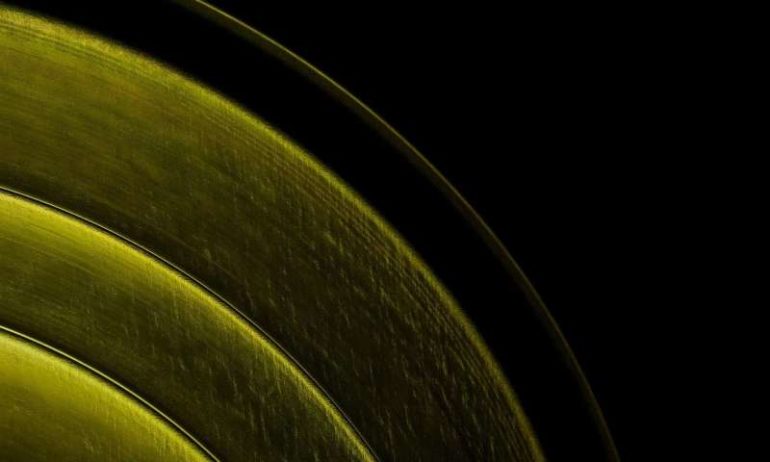Scientists at Linköping University, Sweden, working with the perovskite family of materials, have developed an optoelectronic magnetic double perovskite. The discovery opens the possibility to couple spintronics with optoelectronics for rapid and energy-efficient information storage.
Perovskites form a family of materials with many interesting properties: They are cheap to manufacture, have excellent light-emitting properties and can be tailored for multiple applications. Researchers have until now concentrated on developing variants for solar cells, light-emitting diodes and rapid optical communication. Perovskites can consist of many different organic and inorganic substances, but they are defined by their special cubic crystal structure. One type of perovskite that contains halogens and lead has recently been shown to have interesting magnetic properties, opening the possibility of using it in spintronics.
Spintronics is the field in which information is stored about the direction of rotation of a particle (its spin), not only its charge (plus or minus). Spintronics is thought to have huge potential for the next generation of information technology, since information can be transmitted at higher speeds and with low energy consumption. It turned out, however, that the magnetic properties of halide perovskites have until now been associated only with lead-containing perovskites, which has limited the development of the material for both health and environmental reasons.
The scientists at Linköping University have now, together with a large group of colleagues in Sweden, the Czech Republic, Japan, Australia, China and the US, and led by Professor Feng Gao of LiU, managed to create non-hazardous perovskite alloy, and produce a magnetic double perovskite.
They show in an article in Science Advances that magnetic iron ions, Fe3+, are incorporated into a previously known double perovskite with interesting optoelectronic properties and consisting of caesium, silver, bismuth and bromine, Cs2AgBiBr6.
The researchers have shown in experiments that the new material has a magnetic response at temperatures below 30 K (-243.15 °C).
“These are preliminary experiments from an exploratory investigation, and we are not completely sure of the origin of the magnetic response. Our results, however, suggest that it is probably due to a weak ferromagnetic or anti-ferromagnetic response. If so, we have a whole class of new materials for future information technology. But more research is needed, not least to obtain the magnetic properties at higher temperatures,” says Feng Gao.
“Perovskites are exciting materials, and they have a huge potential for use in future products that need the cheap and rapid transfer of information,” he says.
Perovskites – materials of the future in optical communication
More information:
Ning et al., Magnetizing Lead-Free Halide Double Perovskites. Science Advances (2020). DOI: 10.1126/sciadv.abb5381
Provided by
Linköping University
Citation:
Lead-free magnetic perovskites (2020, November 6)
retrieved 6 November 2020
from https://phys.org/news/2020-11-lead-free-magnetic-perovskites.html
This document is subject to copyright. Apart from any fair dealing for the purpose of private study or research, no
part may be reproduced without the written permission. The content is provided for information purposes only.
